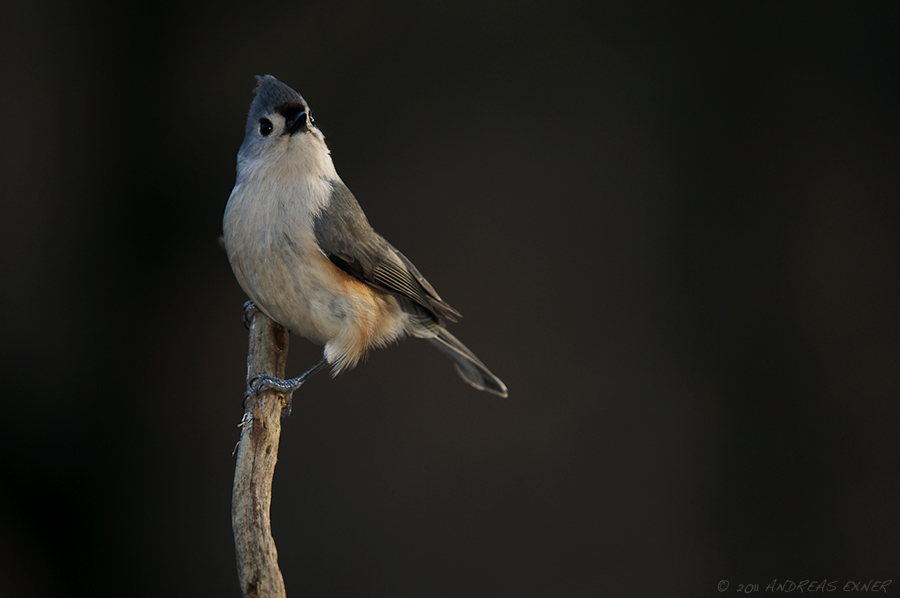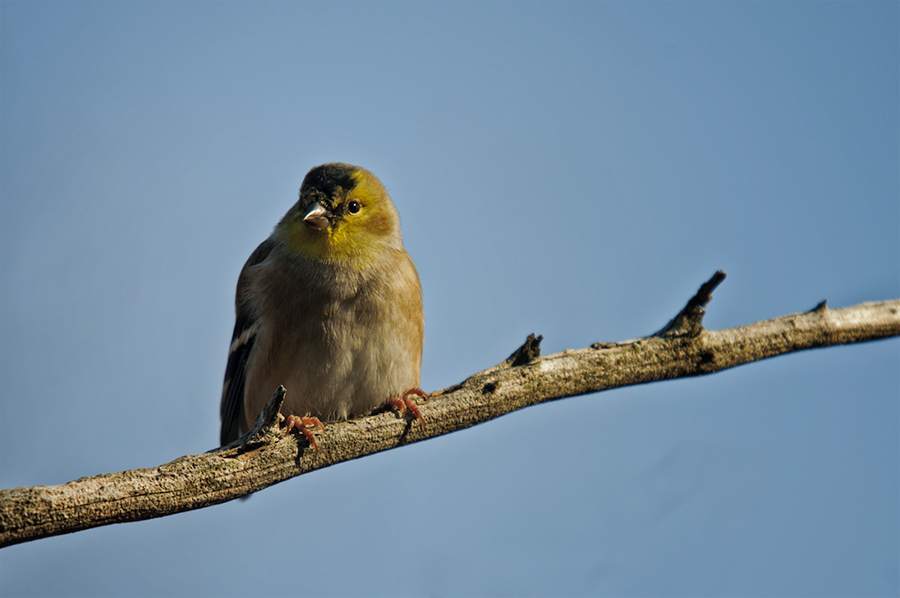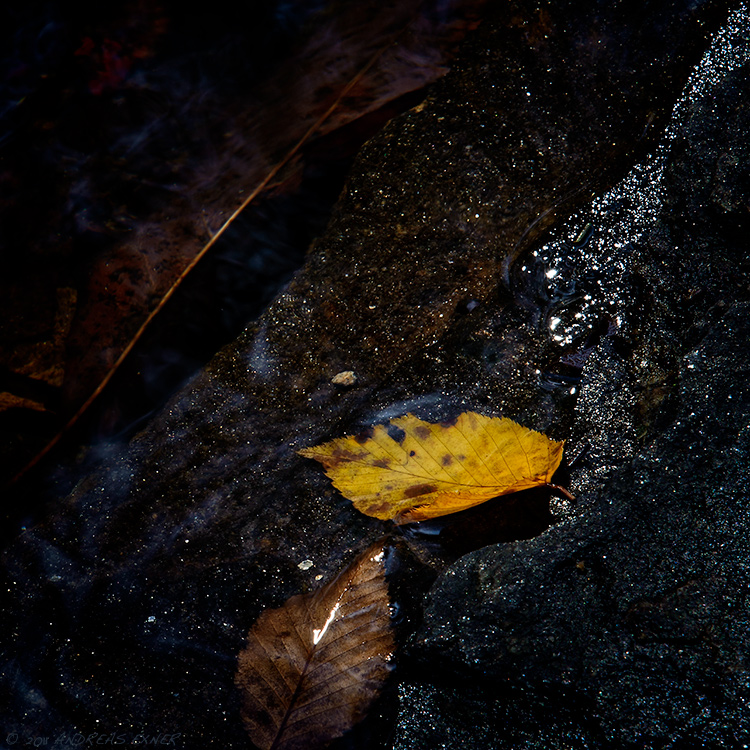You may ask, why did he put this book out in the hoarfrost? Because I wanted to use the early rays of sun today to shoot this image and just making a snapshot inside the house didn't seem appropriate for this wonderful book. Yes, this is my 2011 Christmas gift tip for those of you who want to take a serious approach to wildlife photography. Maybe grandma is still asking you for another christmas wish or you may find tomorrow a gift card from a book store under the christmas tree.
Why is my book so wrinkled and looks beaten up? Because I got mine at last year's christmas already and I read it and looked at Moose Peterson's images over and over again. He shares his experience from over 30 years of wildlife photography with the reader and you can feel his passion about wildlife photography on every page of this book. Moose Peterson's stories are fascinating and exciting and are told by both, his prose and pictures. Did it make a master out of me? No, not yet, but it helped me to find out in what direction I like to head with my photography and it helped me to deal much better with the technical aspects of wildlife photography. If you don't find it under the christmas tree, go out and get you one, it will be money well spent.












